I mean, character action games and score chasers do tend to fall in that optimal answer bucket. You're free to freestyle and get a lower score, but without RNG, there will be one way to play that always works. If that counts as infinitely replayable, then so does any other game you enjoy. And for fighting games, that RNG is just substituted for your opponents' decision making.
- Posts
- 87
- Comments
- 1684
- Joined
- 2 yr. ago
- Posts
- 87
- Comments
- 1684
- Joined
- 2 yr. ago
Fuck Cars @lemmy.world Congestion pricing after one year: How life has changed.
Games @lemmy.world The Untold Story of the Nintendo Entertainment System
Games @lemmy.world Did Obsidian Master the Art of the Efficient Epic? | NYT
Games @lemmy.world The Knightling Did Everything Right - It Still Struggled to Sell | Beyond the Pixels Podcast
Games @lemmy.world Vince Zampella, video game developer behind 'Call of Duty' franchise, killed in mountain road crash
Games @lemmy.world Video Game Physical Software and Hardware Sales Just Had the Worst November in the U.S. Since 1995 - IGN
Games @lemmy.world ‘Baldur’s Gate 3’ Maker Promises ‘Divinity’ Will Be ‘Next Level’
Games @lemmy.world A Gaming Tour de Force That Is Very, Very French
Games @lemmy.world Evo Japan and Las Vegas 2026 lineups announced
Games @lemmy.world Neath - Announcement Trailer
Games @lemmy.world Wreckreation maker Three Fields Entertainment puts whole studio on redundancy notice
Games @lemmy.world Creator of Hit Game Shovel Knight Is at a ‘Make or Break’ Moment
Games @lemmy.world LET IT DIE offline version announced
Games @lemmy.world Valve Addresses Steam Machine Anti-Cheat Concerns, Says It's Working Towards Support
Games @lemmy.world Preserving code that shaped generations: Zork I, II, and III go Open Source
Games @lemmy.world The Turbulent, Seven-Year Saga Behind Hit Game ‘Dispatch’
Games @lemmy.world Sony’s Concord Is Playable Again Thanks To Fan-Made Custom Servers
Games @lemmy.world Steam Hardware
Games @lemmy.world ‘Grand Theft Auto VI’ Is Postponed Again — to November 2026
Games @lemmy.world Pillars of Eternity – Turn-Based Mode Beta Announcement Trailer

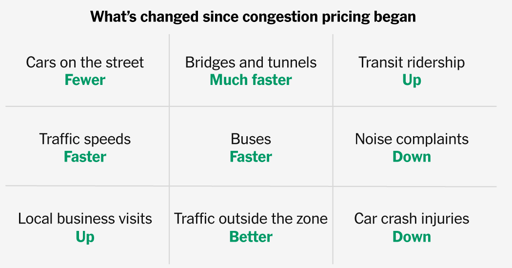

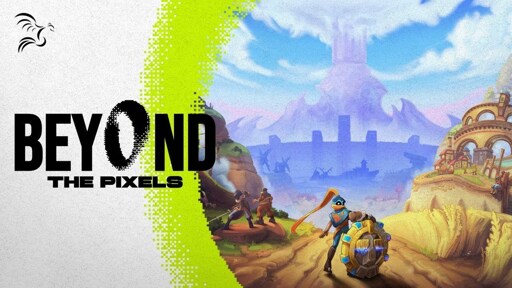

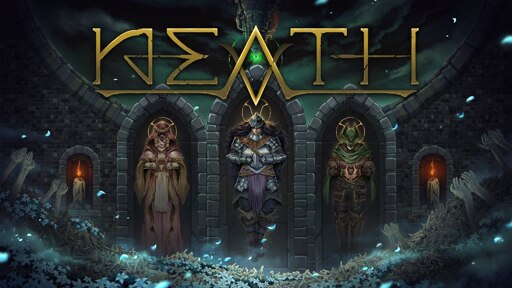

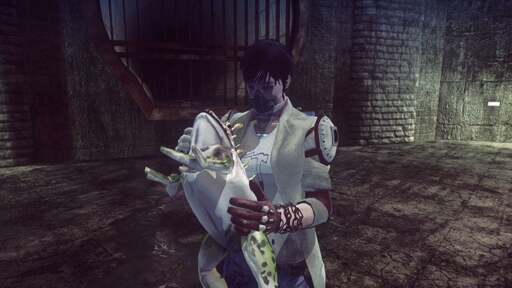
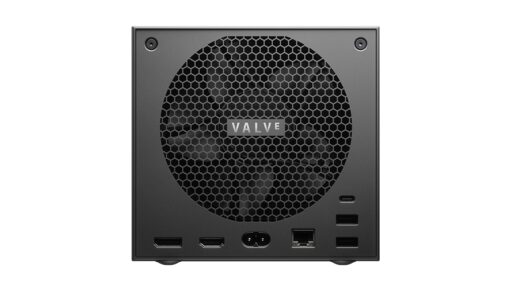

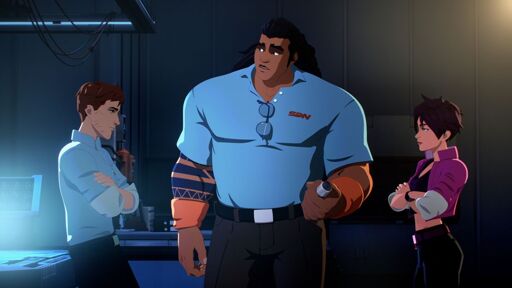
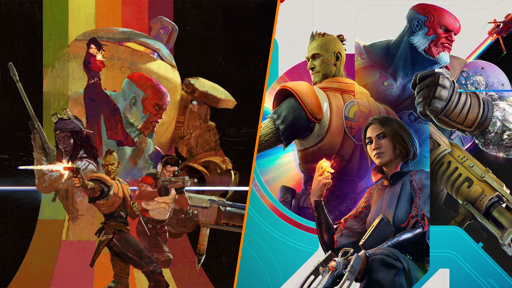

Right, but the style has point values assigned to you. If they're unchanging, there is a way that will always work best, every time. At a high level (correct me if I'm wrong, as I'm somewhat new to this genre), rewarding style is similar to rewarding variety, juggles, and getting multiple enemies in the same attack. If you go down the checklist of your arsenal, you can always hit the variety. If you know exactly how the enemies behave, you can reliably get multiple enemies in the same aerial combo that the scoring system rewards most. The same actions give you the same output, and one of those score values will be the highest out of all other possible options. One set of actions will reliably always handle the same mob if it's deterministic.
That's just damage. The rest of the fighting game is rock paper scissors. A beats B beats C beats A. At round start, what button do you press? There's always some option that beats your option, and that's before we've even calculated the resulting damage. Some of what they're doing is responding to what you've been doing, but the rest of what they're doing is trying to be unpredictable; AKA random. (And that's before we even talk about characters like Faust.)
That's interesting. As I said, I'm somewhat new to this genre. The short version is that Hi-Fi Rush got me interested in checking out all of the DMC games (minus the reboot), and 5 ended up being my favorite of that series (but still not as good as Hi-Fi Rush).